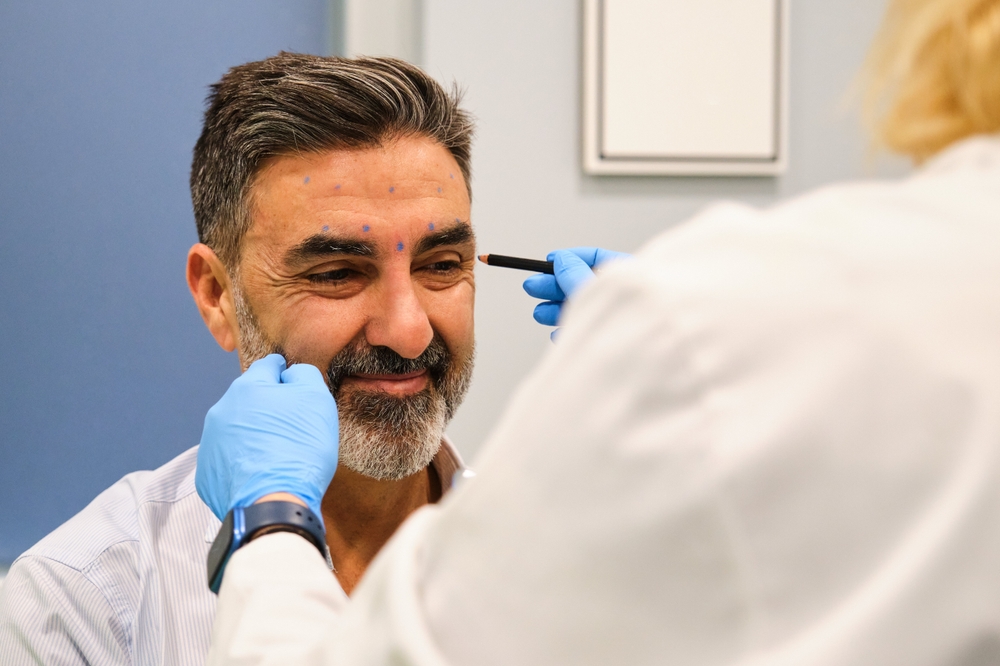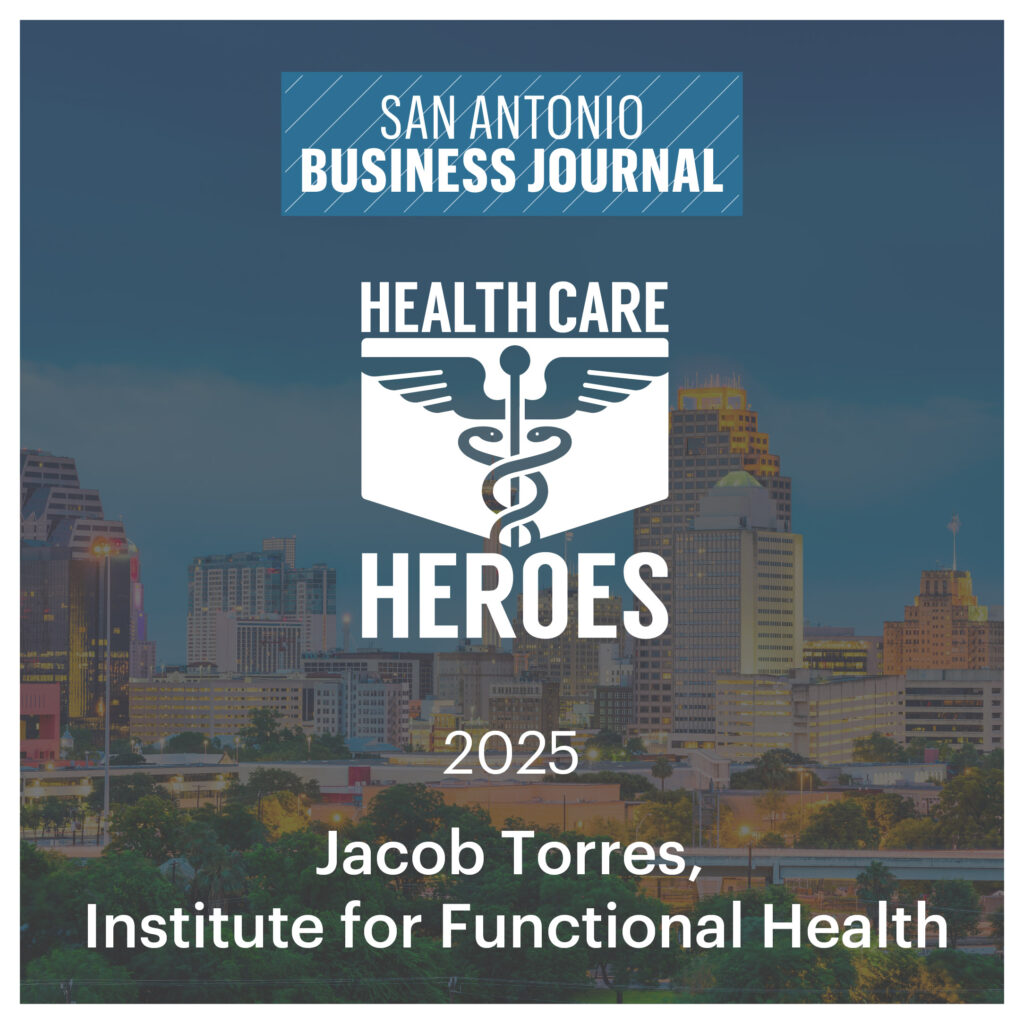As we get older, we have a greater tendency to be severely depleted in key nutrients that keep the muscles healthy, and one of the most important muscles in the body is the heart. Without the proper nutrients, muscles become “out of shape” and perform at a sub-optimal level, and that includes the heart. The major pump of our body (our heart) becomes progressively sluggish, making a person tire more easily. In addition, you would see the obvious signs of a weakening heart by swollen ankles, shortness of breath and overall poor energy.
What is sad is the fact that these people dealing with heart disease can be made worse by the addition of more and more drugs. You have a body that is already severely deficient in critical key nutrients, then it gets loaded up with multiple medications which work by interfering with the specific pathways in the already damaged heart (an example would be statin drugs interfering with necessary CoQ10 that helps protect the heart). The current medical thought is not focused on true healing. Many professionals believe that you can’t fix congestive heart failure or regenerate damaged heart muscle and bring it back to normal again. But short of total damage, every disease has a cause and a way to fix and solve the disease.
Unfortunately, drugs are typically the only options most patients are given. It is interesting to note that the Journal of the American Medical Association stated that over 87% of the “experts” who make the rules and regulations, called practice guidelines, have financial connections with the pharmaceutical industry. Furthermore, that same journal showed that out of 2700 recommendations by cardiologists, 90% were not based on science, but on the opinions of physicians connected with the pharmaceutical industry. The “practice” of medicine is clearly proven to be under the control of the pharmaceutical industry.
And that solution isn’t working. A cardiologist, in a Harvard Heart Letter, stated that at one point she was observing that heart failure or cardiomyopathy patients had a life extension of just under 5 years with standard medical treatment. So, how does this type of trend get reversed? By treating the patient as a whole, looking deeper, and identifying the root causes of disease instead of just chasing symptoms, because there are means to support and repair an unhealthy heart.
One example is in research showing that congestive heart failure can be reversed with something as simple as repairing a copper deficiency. Not only that, but the heart muscle was literally regenerated. Copper deficiency is even more rampant nowadays because the diet is more processed, people are eating more processed foods, the soils are more depleted, and medications use up or interfere with some nutrients. Studies have shown the enlargement of the heart, poor performance of the heart muscle and even the way it looks under the microscope were all dramatically normalized with just the addition of extra copper.
People who die from heart attacks, heart failure and cardiomyopathy have much lower levels of copper in their hearts. But copper isn’t the only nutrient that can create or help heart failure and even make the cells regenerate and go back to being normal. The same goes for zinc, magnesium, chromium, and many other minerals (depending on the person) that are important in the body. Now, you don’t want to just run out and start downing copper unless you have a demonstrated need, which can be run on an erythrocyte blood test that can look at the nutrient stores of your red blood cells.
Remember, heart issues do not develop due to a medication deficiency. It takes proper nutrition and hydration to support the heart, regular exercise to keep the heart muscles healthy, and rest and recovery to keep it regenerating. Balance in your lifestyle will go a long way to supporting your overall health. If heart issues are already part of your challenge, a functional medicine workup would be a good place to start to help uncover underlying issues that may be keeping you from being able to flex your most important muscle.
















